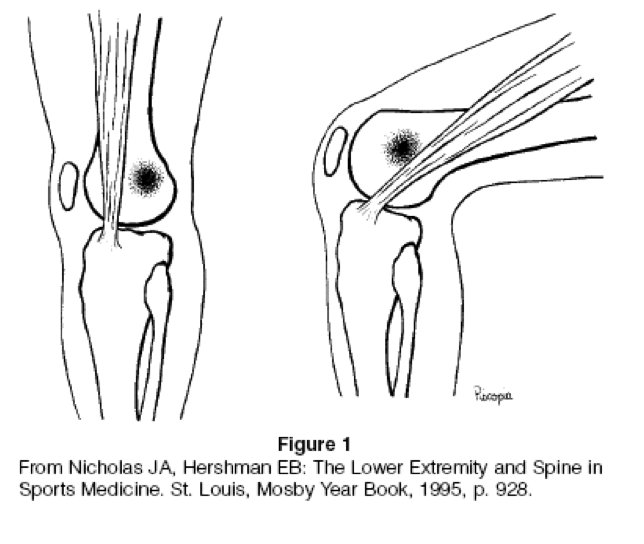So as usual after an injury, I'd treat myself as a lab and do experiments with it. My first hypothesis was that rest alone would do the trick. Would it be possible to do nothing for the pain apart from rest? So I didn't run for 2 weeks, and went for another run. The pain came back after 1.5km. So I had to limp back. I tried again a few weeks later; same story. Resting did not work. I also got myself a foam roller but it didn't seem to work too for some weeks. If this continued I would not be able to run for the rest of my life!!
So I thought I needed to have it checked out at SSMC. (I first knew of this place because I searched where Dr Ben Tan was working now. Dr Tan gave me a 2-month medical certificate when I was doing basic training in the army and thus ensuring that I got the most out of my national service.) Eventually I saw Dr Chew instead and he confirmed that it was an IT band problem. To be sure I went for an X-ray next door to eliminate other possibilities. One of the things he did was to ask me to stand on one leg and lower my body vertically. He said the leg was wobbly, probably the hips were not strong enough.
I later did some research which was in itself quite fascinating. I would have thought that human physiology and anatomy is quite familiar to doctors nowadays but there is still contention on the causes of IT band issues. The conventional way of looking at it is that the IT band slides over an area in the knee and sometimes this friction results in inflammation.
 |
| This hypothesis may not be very true. |
 |
| This hypothesis may be more accurate. Or maybe it's a combination of the two. |
As a result of this research and another forum posting I saw, I decided to use the hip machine at my gym at Fusionopolis Fitness First. I'm not sure why this is not found in all gyms (such as the Paragon branch). It's like doing some ballet moves with weights.
To entertain the idea that one needs to stretch the band, I found this thread and followed the advice in the comments. The actual stretch is described here.
"The key for us was to hold the stretches 3 minutes. At first this was not easy, but now there is nothing to it since we are not as tight. A physical therapist later told us that the time of a stretch is a major key."After around a week of doing the above two things, I was able to run for longer distances without feeling pain and a week ago I was able to go back up to running and hiking 20km. I hope nothing bad happens from now on.
So the good thing about this injury is that I now have stronger hips which would never have happened if I didn't get the condition in the first place!
More background reading:
- Biomechanical solutions for iliotibial band (IT band) syndrome / ITBS
- Stretching and Strengthening Exercises for Iliotibial Band Syndrome
- Strengthening, Not Stretching, to Deal With Iliotibial Band Syndrome
- IT Band Syndrome: The Top 5 Causes and Solutions
- IT Band issues... SOLUTION NEEDED!!
- Cure This Common Running Pain
- Ask The Running Doc: How Do I Get Rid Of IT Band Syndrome?
- Recovering From IT Band Injury

